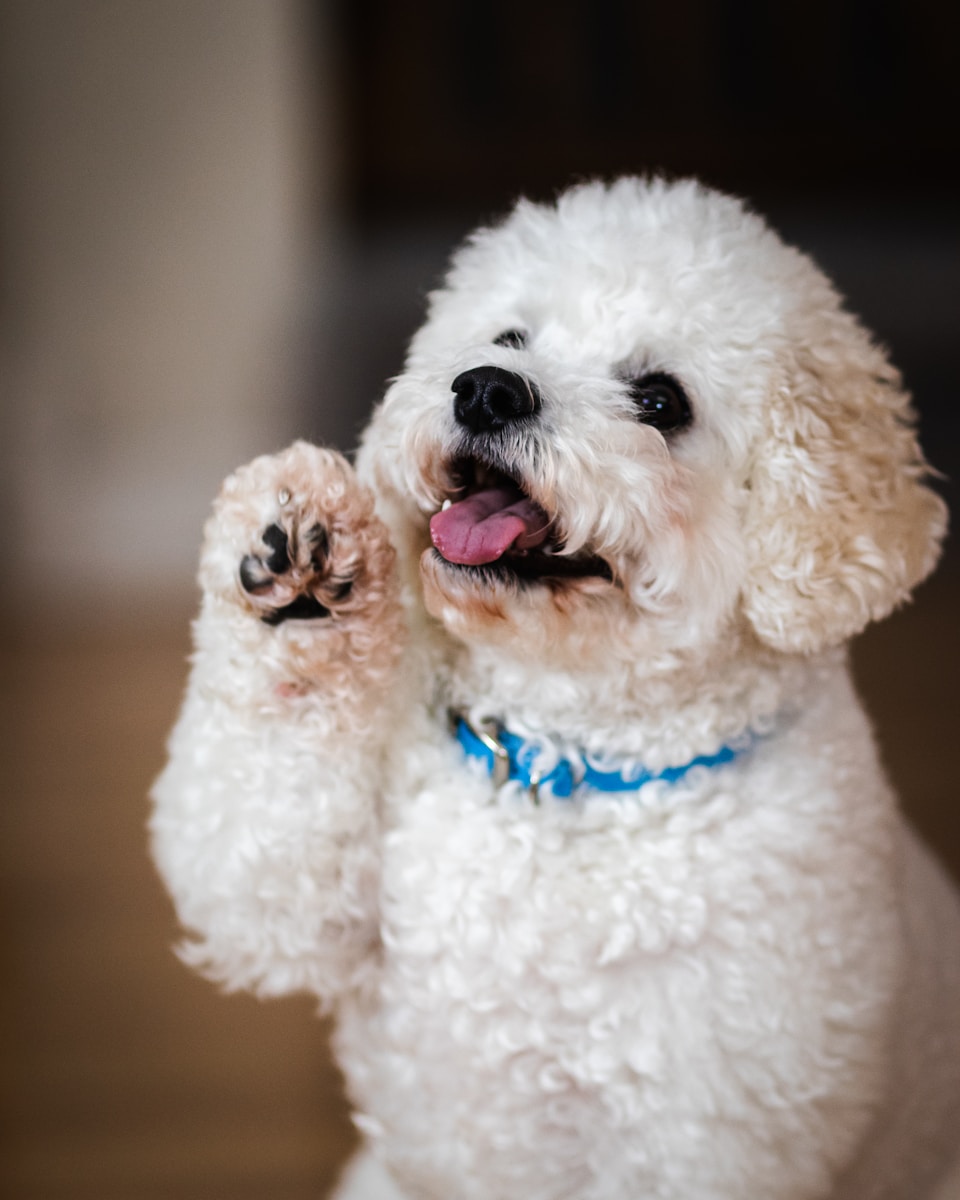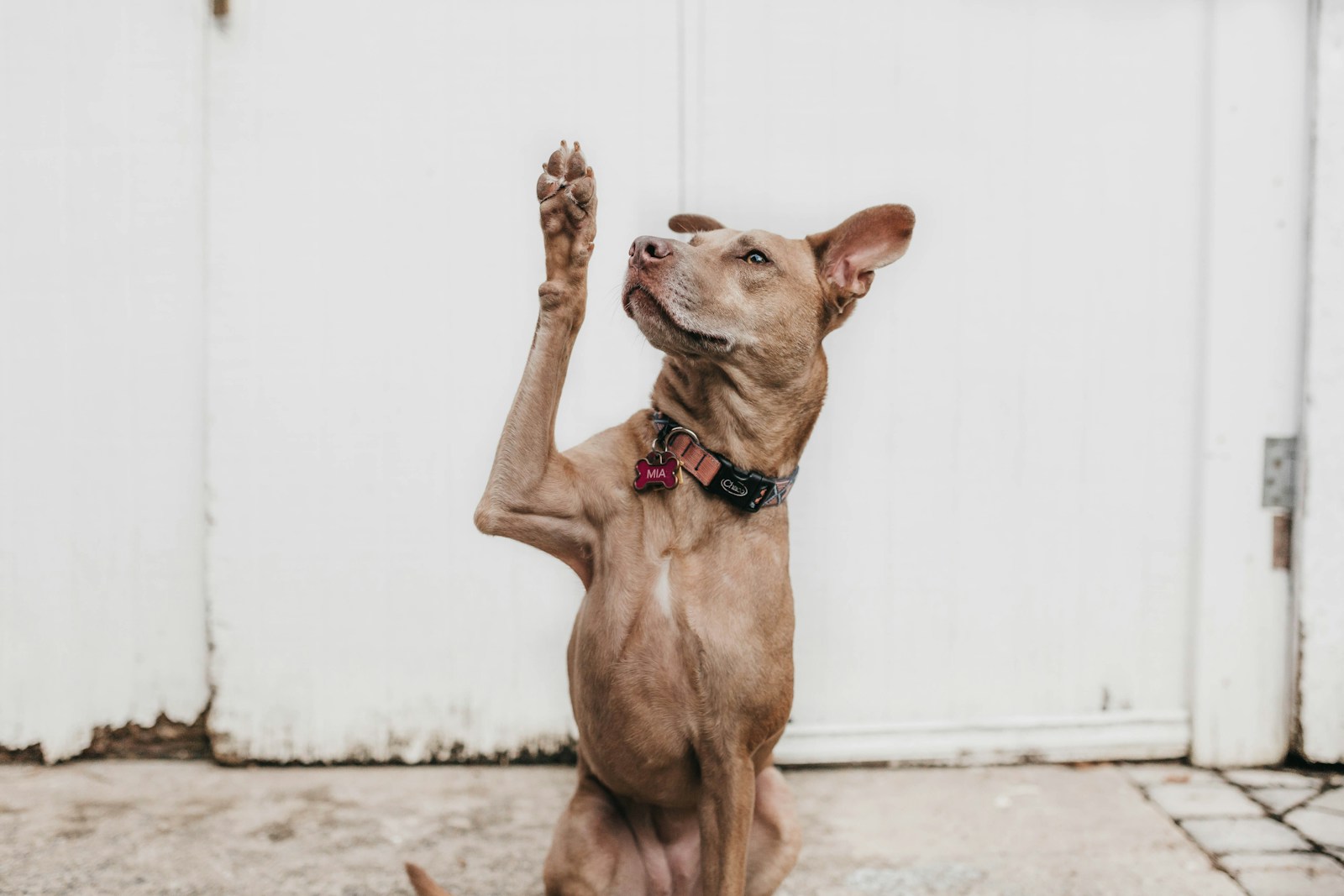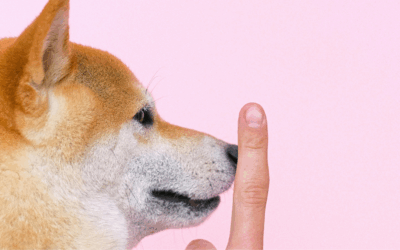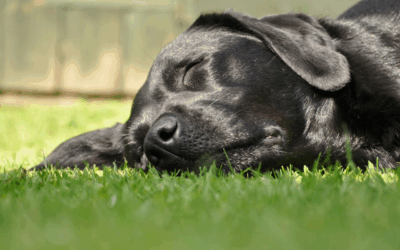Why does my dog lick his paws?
Dog owners can all agree on one thing: watching your furry friend constantly lick their paws can be both confusing and concerning. Is it normal behavior, or could it indicate a potential health problem? Occasional paw licking is natural; it’s part of a dog’s grooming habits. However, if your dog frequently licks their paws to the point of excessive or obsessive licking, it may signal an underlying cause.
This guide will help you understand why dogs lick their paws, explore the potential reasons behind excessive paw licking, and provide actionable steps to keep your pet healthy and comfortable.

Understanding Your Dog’s Paws
A dog’s paw is an incredible piece of natural engineering designed to support a variety of functions. Each paw consists of several parts, including the pads, claws, and dewclaws. The pads act as shock absorbers, cushioning the dog’s steps and protecting the bones and joints from impact, especially on hard or uneven surfaces. The tough yet flexible tissue of the pads also helps provide traction, allowing your dog to move confidently across different types of terrain.
Additionally, a dog’s claws play a critical role in digging, gripping, and maintaining balance while walking or running. Some dogs also have dewclaws, smaller, thumb-like claws located higher up on the leg, which can assist in gripping objects or climbing. Beyond their physical uses, paws have sensory receptors that help dogs gather information about their environment, such as temperature and texture. These specialized features make a dog’s paws essential for their mobility, survival instincts, and overall well-being.
Taking proper care of their paws ensures they continue to serve these important purposes throughout your dog’s life.

Why Do Dogs Lick Their Paws?
Dogs licking their paws is a common behavior along with other dog behaviors, but it can occur for a variety of reasons. While occasional paw licking is generally normal and can be part of self-grooming, if your dog licks his paws excessively, it may indicate an underlying issue, ranging from physical discomfort to emotional distress. Below is a comprehensive list of reasons dogs may lick their paws and what each could signify:
1. Allergies
One of the most common reasons dogs lick their paws is due to allergies. These can be caused by environmental factors, such as pollen, mold, or dust mites, or by food sensitivities. Allergens can cause itching, redness, or inflammation, and dogs may lick their paws to alleviate the discomfort. Identifying and addressing the source of the allergy, whether through a vet-recommended diet or improved environmental hygiene, is crucial.
2. Injury or Pain
Licking may be a dog’s response to pain or discomfort caused by an injury. Cuts, scrapes, torn nails, or embedded objects like splinters can make paws sore, prompting the dog to lick the affected area. Dogs might also lick their paws if they have strained or sprained muscles in the leg. Regularly inspecting your dog’s paws for signs of injury can help catch and address these issues quickly.
3. Parasites
Parasites such as fleas, ticks, or mites can irritate paws and cause excessive licking. For instance, mites can burrow into the skin, leading to intense itching and redness. Fleas may also bite between toes, triggering discomfort. Proper parasite prevention through treatments and regular grooming is essential to keep these pests at bay.
4. Bacterial or Fungal Infections
Bacterial and fungal infections are another common reason for paw licking. These infections can lead to symptoms like swelling, redness, odor, and excessive scratching. A particularly common fungal infection in dogs is yeast overgrowth, which often affects the paws and results in incessant licking. Veterinary care, including appropriate medications, is usually needed to resolve such infections.
5. Dry or Cracked Paws
Harsh weather conditions, like extreme heat or cold, can cause a dog’s paw pads to become dry, cracked, or irritated. This discomfort might lead dogs to lick their paws in an attempt to soothe themselves. Using paw balms or moisturizers made specifically for dogs can help prevent dryness and keep their paws comfortable.
6. Foreign Objects
Sometimes, dogs lick their paws because something is physically stuck between their toes or on their paw pads. Common culprits include small stones, burrs, thorns, or even residual debris from walking on rough or dirty surfaces. Thoroughly cleaning your dog’s paws after outdoor activities can prevent these issues.
7. Burns or Irritation
Walking on hot pavement, icy surfaces, or areas treated with chemicals like deicers can cause irritation or burns to the paw pads. This leads to discomfort and licking as dogs try to relieve the sensation. Protective measures, such as dog booties or avoiding extreme surfaces, can help safeguard their paws.
8. Anxiety or Stress
Just like humans may bite their nails when stressed, dogs might develop a habit of licking their paws as a coping mechanism. This behavior might be triggered by anxiety caused by situations like thunderstorms, separation from their owner, or major changes in the household. Providing comfort, maintaining a consistent routine, or consulting a veterinarian about anxiety management strategies can help.
9. Boredom
Dogs that don’t receive enough mental or physical stimulation may resort to repetitive behaviors, including paw licking, to entertain themselves. Ensuring that your dog gets adequate exercise and interactive toys can reduce boredom-related behaviors.
10. Habit or Compulsion
Sometimes, excessive paw licking can develop into a compulsive behavior, even after the original cause has been resolved. This might be a sign of obsessive-compulsive disorder (OCD) in dogs. Veterinary or behavioral intervention, including training and possibly medications, may be required to address this issue.
11. Hormonal Imbalances
Imbalances in a dog’s hormones, such as thyroid dysfunction or conditions like Cushing’s disease, can lead to skin issues and paw irritation, prompting licking. These conditions often require diagnostic blood tests and professional treatment to manage.
12. Dietary Deficiencies
A lack of essential nutrients in a dog’s diet, such as omega-3 fatty acids, can result in your dog’s skin being dry, itchy, or weakened paw pads. This may encourage paw licking. Feeding a balanced, vet-approved diet can help ensure optimal skin and paw health.
13. Behavioral Grooming
Dogs may lick their paws as part of their regular grooming routine. However, excessive grooming could signify an issue as noted in many of the other points above. Monitoring the frequency and intensity of the licking can help determine whether it’s normal or cause for concern.
14. Medical Conditions
An allergic reaction, chronic or internal conditions like arthritis or neuropathy can potentially lead to paw discomfort that results in licking. These conditions require veterinary evaluation to diagnose and manage appropriately.
Understanding the reasons behind paw licking is crucial for providing your dog with the best care possible. If the licking is persistent, increasing in intensity, or accompanied by other symptoms like limping or swelling, it’s important to consult a veterinarian. By addressing the root causes, you can help ensure your dog stays happy, healthy, and comfortable

Is Paw Licking Normal or Problematic?
Observing your dog’s habits is essential to determine whether their paw licking is normal or excessive. Occasional licking to clean their paws is generally harmless. However, constant paw licking, leading to redness, swelling, or loss of fur, requires attention.
Signs that paw licking has become problematic include:
- Raw or inflamed paw pads
- Aggressive licking that never stops
- Licking one paw exclusively
- Limping or signs of pain
- Foul-smelling paws
How to Address Excessive Paw Licking
If you’ve noticed your dog frequently licking their paws, here are some proactive steps you can take to alleviate their discomfort and address the underlying cause:
Examine the Paws
Start by inspecting your dog’s paws for visible signs of injury, foreign objects, or irritants like dirt or grass seeds. Don’t forget to check between their toes for anything that could be causing them discomfort.
Consult Your Veterinarian
If you can’t identify the cause or suspect a deeper issue, schedule a visit to the vet. They can assess potential health concerns such as bacterial infections, allergies, or inflammation. This also ensures your dog receives proper treatment before the condition worsens.
Address Allergies
A common cause of licking paws can be seasonal allergies. For allergies, your vet may recommend:
- A special diet to address food allergies.
- Oral medications or topical treatments for itchy paws and skin.
- Environmental changes to reduce exposure to allergens like pollen or cleaning chemicals.
Treat Imbalances or Infections
Topical treatments, oral medications, or medicated shampoos are often prescribed for bacterial or yeast infections. These treatments help to reduce inflammation, soothe irritation, and eliminate the infection.
FUN Behavior Modification
If the licking behavior stems from stress, anxiety, or boredom, consider these solutions:
- Longer outdoor walks and playtime to burn off excess energy.
- Puzzle toys or games to combat boredom.
- Consulting a veterinary behaviorist or animal behaviorist for training techniques to reduce anxiety.
Preventive Paw Care
- Keep your dog’s paws clean and dry, especially after walks or outdoor adventures.
- Trim excess fur around their paw pads to minimize the risk of irritants getting stuck.
Use protective paw balms or booties to shield their paws from harsh weather conditions or harmful chemicals like road salt.
Come to Snouts and Stouts Indoor Dog Park And Bar so your dog can stop boredom licking and have fun!

Top Products to Help with Excessive Paw Licking
If your dog is exhibiting excessive paw licking, these products can help soothe irritation and manage underlying causes. Below are six highly recommended products and brands to consider, along with links to their websites for easy purchase:
Paw Soother by Natural Dog Company
A natural, organic balm designed to moisturize and heal dry, cracked, or irritated paws. It’s easy to apply and gentle enough for regular use.
Visit the Natural Dog Company website
Zesty Paws Allergy Immune Supplement
These chewable supplements are packed with ingredients like colostrum, probiotics, and natural antihistamines to help alleviate allergies that may trigger licking.
Burt’s Bees Paw & Nose Lotion
A trusted brand in pet grooming, Burt’s Bees offers a gentle, nourishing lotion to soothe and protect irritated paws using natural ingredients like honey and beeswax.
Visit Burt’s Bees Pet Care website
Vet’s Best Hot Spot Spray
For dogs experiencing inflammation or irritation, this spray provides immediate relief and promotes healing with its blend of aloe vera and tea tree oil.
Protex PawZ Dog Boots
Protect your pup from environmental triggers like hot pavement, salt, or allergens with comfortable and durable dog boots. These boots offer excellent protection while allowing natural movement.
Earthbath Hypoallergenic Pet Wipes
These hypoallergenic wipes are perfect for cleaning your dog’s paws after a walk, reducing exposure to irritants and allergens that cause licking.
These products, when combined with proper veterinary advice, can be highly effective in helping to manage excessive paw licking and keep your dog comfortable.
How to Keep Your Dog Comfortable and Happy | Why Does My Dog Lick His Paws
Paw licking may seem like a harmless behavior, but it can sometimes point to health concerns that need prompt action. Being attentive to your dog’s body language and habits is essential in identifying and addressing any issues. Remember:
- Occasional paw licking is normal, but constant or aggressive licking calls for action.
- Allergies, infections, and emotional well-being can all impact your dog’s paw health.
- Working closely with your vet and making necessary lifestyle changes can give your furry friend the comfort they deserve.
A happy, healthy dog starts with proactive care and attention to their needs. If your dog’s paw licking persists, don’t hesitate to seek professional advice to uncover the cause and find the right solution for your pet.




